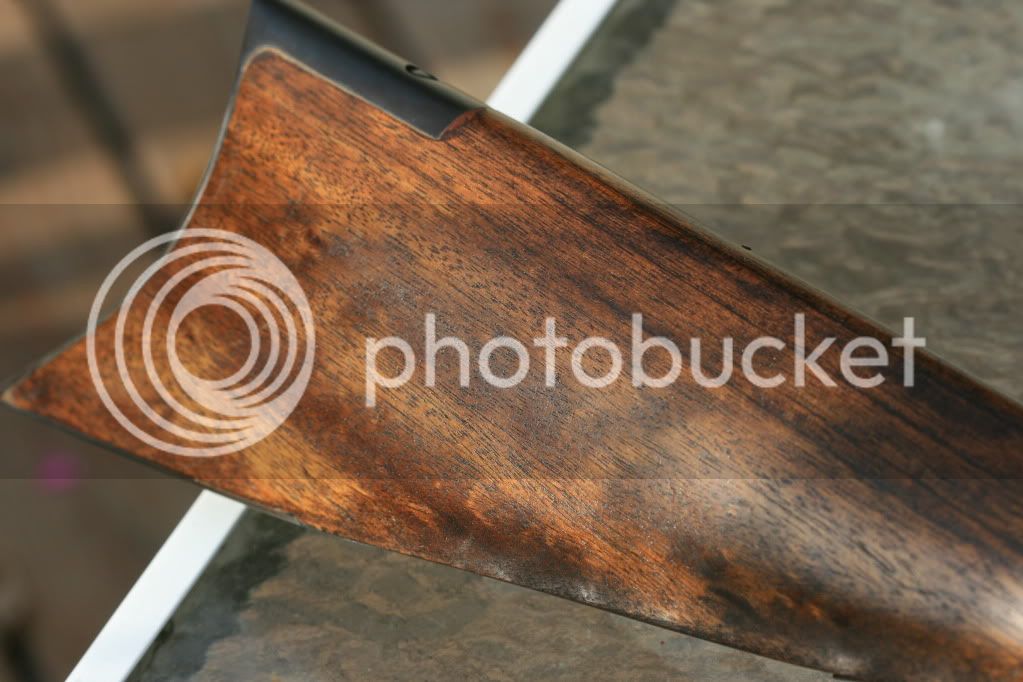bullterrier
32 Cal.
- Joined
- Apr 28, 2012
- Messages
- 12
- Reaction score
- 0
I've been having great fun with my GPR percussion kit - browning, sanding and what not.
Until I dropped the stock without the toe/butt plate - disaster. Argghhh! I knew I couldn't do anything about the massive chunk of toe that had detached itself and I ordered a new one from Lyman.
It has arrived and of course it is the finished, stained and oiled article. It actually feels slightly waxy.
I am thinking about removing the stain, or something, for the personalised finish I am after.
Anyone done this on a factory stock? Pitfalls?
Got to get it right!!!
cheers
Until I dropped the stock without the toe/butt plate - disaster. Argghhh! I knew I couldn't do anything about the massive chunk of toe that had detached itself and I ordered a new one from Lyman.
It has arrived and of course it is the finished, stained and oiled article. It actually feels slightly waxy.
I am thinking about removing the stain, or something, for the personalised finish I am after.
Anyone done this on a factory stock? Pitfalls?
Got to get it right!!!
cheers







